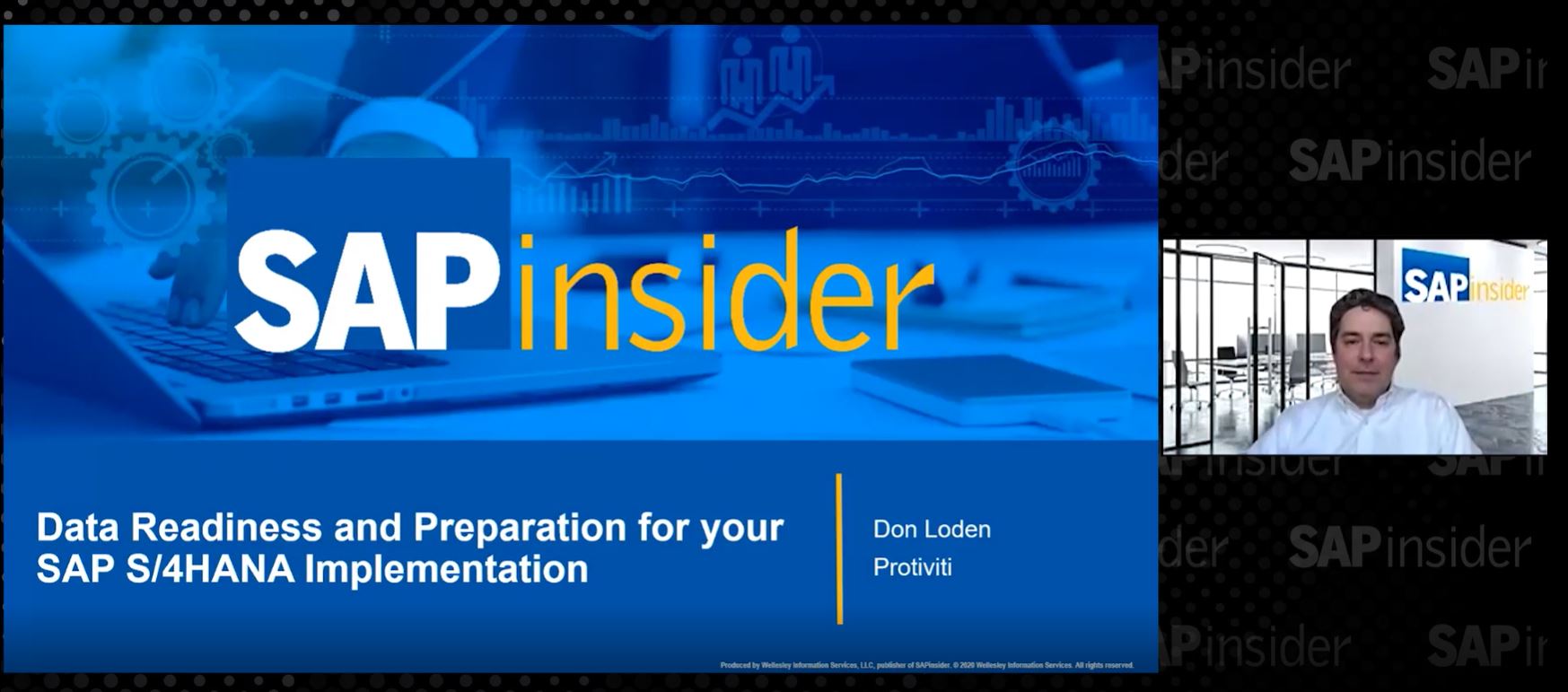What’s Your X-Data Strategy?
Ready or Not — the Employee Experience Management Revolution Has Begun
For many years, human resources (HR) applications have been largely focused on capturing transactional data across an employment life cycle. This data — often referred to as operational data, or O-data — is used to measure the effectiveness of HR business processes, track compliance, and demonstrate HR’s value to the organization.
As valuable as O-data is, it typically does not capture the sentiment information that is needed to accurately measure, act on, and improve the employee experience. This data is called experience data, or X-data, and is often captured in surveys that record how employees feel about their jobs, the company, and the career opportunities they are offered. More importantly, X-data can be used by HR organizations to better engage employees to increase satisfaction, improve retention rates, and reduce costly turnover.
How important is employee experience to HR organizations? In a recent SAPinsider survey of 278 individuals across 129 SAP customers, 43% of respondents said that their HR strategies are driven most by higher expectations for improved employee experience. This trend has not gone unnoticed by SAP. Since announcing its acquisition of Qualtrics for $8 billion in late 2018, SAP has been moving rapidly to leverage the SAP Qualtrics Employee Engagement solution to transform employee experience through the measurement and analysis of X-data.
Explore related questions
Expert Advice: Start Small
Over the last several months, the blogosphere has been filled with content explaining the SAP Qualtrics Employee Engagement solution and offering tutorials on X-data and O-data. To go beyond product roadmaps and to understand how customers should proceed, SAPinsider interviewed Sven Ringling, Director at Adessa Group and head of the firm’s SAP Qualtrics practice. Ringling ’s first piece of advice for customers looking to enter the world of employee experience management is simple: Start small and expand over time.
For customers to be successful, they need to first develop a roadmap that ties their employee experience management plans with their planned use of the SAP Qualtrics solution. Most importantly, Ringling says, surveys should never be launched without first having a plan for assessing results and taking appropriate action after the survey concludes. The ongoing effectiveness of surveys — and their related results — will quickly diminish if employees feel no action is planned, or eventually taken, from the results.
Focus on Data, Insights, and Analysis
At the conclusion of an SAP Qualtrics implementation, the milestones include a survey go-live when employees can begin completing the survey and a dashboard go-live when survey results are shared with stakeholders, line managers, and possibly the entire workforce. Ringling points out that unlike many traditional SAP SuccessFactors projects where analytics is often at the tail end of the project timeline, SAP Qualtrics projects emphasize analysis during survey design, and this leads to better insights and less rework.
When planning survey activities, customers must consider both survey questions and the additional “enriched” data that will be vital to post-survey analysis and comparisons. For example, if they plan to slice survey data by categories (such as demographic data, job data, or work schedules) to see how a specific group responds to certain questions, they need to ensure they capture the appropriate information to drive a meaningful analysis.
Keep an Eye on Data Security and Privacy
Data security and privacy of the respondents are likely to be concerns for most customers and employees. As Ringling points out, few organizations have the type of open, high-trust culture where employees are willing to answer surveys honestly without guarantees that their feedback — and personally identifiable information — are protected. Strong data security exists within the SAP Qualtrics solution itself, including minimum thresholds for any dashboard or report element that make sure slicing of data doesn’t allow line managers to identify individual responses. However, customers that choose to analyze data outside of SAP Qualtrics in their own analytics tools (including SAP Analytics Cloud) or access data through third-party application programming interfaces (APIs) must take steps to ensure that the same minimum security and privacy thresholds that exist in SAP Qualtrics also exist outside of it.
What Does This Mean for SAPinsiders?
SAP has published a very aggressive solution roadmap for its SAP Qualtrics Employee Engagement solution. The changes highlighted in the current roadmap will allow HR organizations to more seamlessly capture the X-data that is critical to the success of employee engagement analysis. As they plan their next steps, customers taking the leap into SAP Qualtrics should:
- Focus on the insights needed before designing surveys. The purpose of an employee engagement initiative is to identify actions to be taken based on insights gleaned from survey data (X-data and O-data). When designing their surveys, customers should start at the end by identifying which insights they need to be able to commit to actions. This approach will help them determine which data needs to be in their survey.
- Prioritize anonymity. The easiest way to guarantee anonymity is to send a survey using an anonymous link. While this strategy protects the source of the results, it can also open the door to double submissions and cause customers to lose the connection between X-data and O-data that is needed for analysis. Customers should determine their own risk strategy and identify the best ways to protect employee privacy that will also allow for proper insights and analysis of data, including outsourcing of survey administration to a trusted partner.
- Avoid survey fatigue. It is easy to become very excited about the SAP Qualtrics solution and the options for insight and analysis it offers and lose sight of the potential impact a large number of surveys can have on the workforce. As Ringling suggests, customers should start slowly. Overuse of surveys will not only lead to excessive data that can’t be properly acted on but it can also create frustration or even distrust in the workforce if employees don’t see results from their input.






